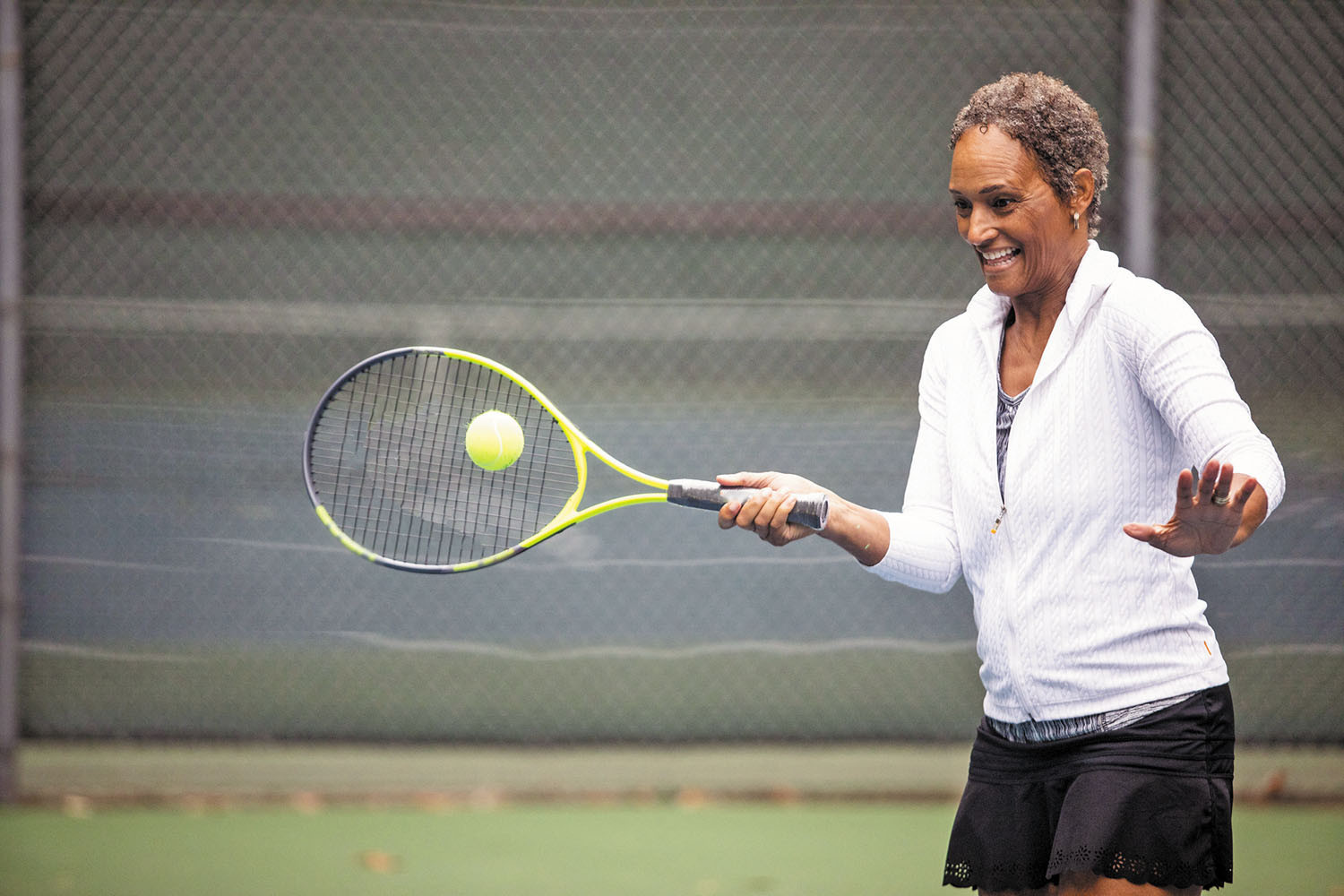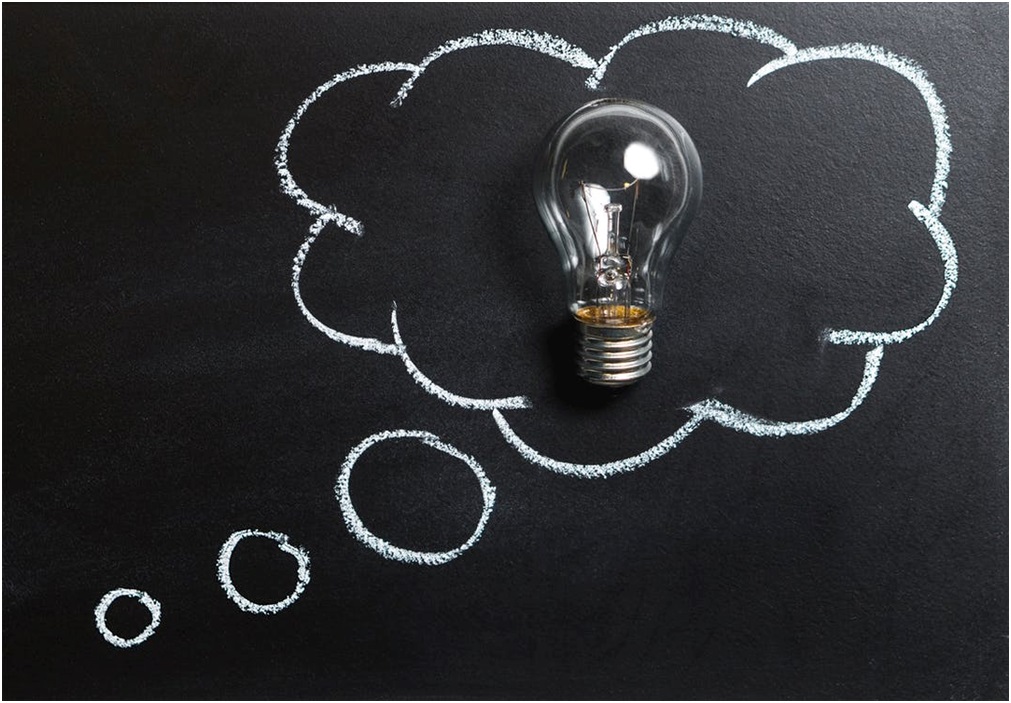In modern competitive tennis, physical fitness alone is insufficient to excel. As rallies become faster and gameplay more dynamic, quick reflexes have emerged as a crucial component of elite performance. Strong reflexes enable players to react to unexpected shots, adapt their positioning instantly, and maintain composure under pressure. The following five methods provide proven strategies for enhancing reflex speed and responsiveness on the court.
Incorporating Reaction-Based Drills
Reflex training in tennis begins with reaction-focused exercises. Drills such as quick-feed practices, ball drop exercises, and light-based reaction games introduce variability and unpredictability to help players train their nervous system for faster responses. These methods are designed to reduce reaction time, improve split-second decision-making, and enhance directional agility. Regular practice of these drills internalizes movement patterns, enabling instinctive responses during high-intensity exchanges.
Enhancing Visual Tracking and Anticipation Skills
Visual tracking and anticipation are fundamental to improving reflexes in tennis. Tools like vision boards, strobe glasses, and ball simulation exercises help players sharpen their ability to monitor movement and predict their opponent’s actions. Early recognition of visual cues can significantly improve reaction time, transforming anticipation into a proactive advantage on the court. A prime example of exceptional visual tracking and anticipation is Serena Williams, whose ability to predict ball trajectories and position herself effectively—such as during her performance at the 2019 Wimbledon—illustrates the impact of these skills on competitive outcomes.
Integrating Plyometric and Neuromuscular Conditioning
Plyometric exercises are essential for developing the explosive movements required in tennis. Activities such as box jumps, lateral bounds, and speed ladder drills strengthen neuromuscular pathways, improve coordination, and enhance lower-body agility. These exercises replicate the dynamic footwork needed during matches and enable players to execute rapid, multidirectional movements with precision. Incorporating such conditioning into regular training helps bridge the gap between cognitive recognition and physical execution, ensuring faster responses during gameplay.
Utilizing Video Analysis for Reflex Improvement
Video analysis is a valuable tool for objectively assessing reaction efficiency. Reviewing match footage or practice sessions allows players to identify moments of hesitation and pinpoint weaknesses in decision-making. This process creates a feedback loop, enabling targeted training to address specific areas of improvement. By understanding where reflexes fall short, players can develop customized drills to close these gaps, resulting in enhanced on-court responsiveness and decision-making.
Practicing Under Match-Like Pressure
Simulating game-like conditions during training is one of the most effective ways to develop reflexes. Scenarios such as time-constrained rallies, high-intensity tiebreakers, or fast-feed volleys acclimate players to the pace and pressure of real matches. These sessions test reflexes while simultaneously improving mental sharpness and situational awareness. Training under such conditions also fosters composure, allowing players to respond quickly and decisively during critical moments in competition.
Adam McManus Etobicoke, a university student with a strong academic focus in physics and math, serves as an example of how dedication and discipline can translate into exceptional performance. As a certified tennis instructor, Adam McManus Toronto passionately shares his love for the sport, helping others enhance their skills and elevate their game. Improving tennis reflexes involves combining reaction drills, visual tracking, conditioning, and match simulations to help players excel in the fast-paced game.


